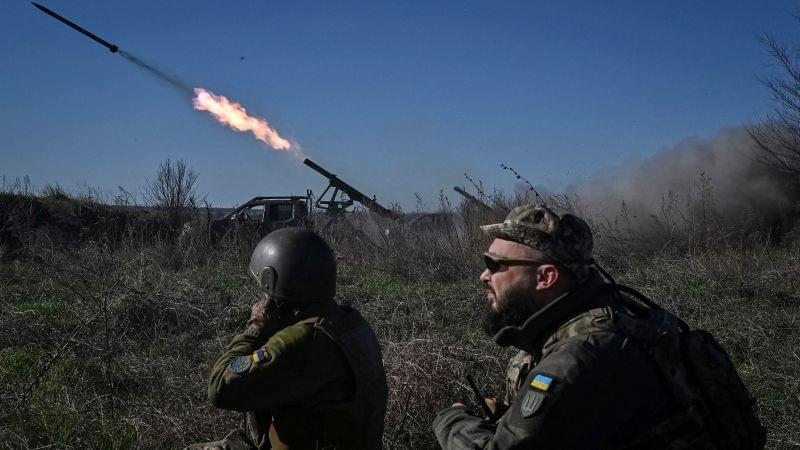Alaskans and visitors may be able to see an artificial airglow in the sky created by the High-frequency Active Auroral Research Program during a four-day research campaign that starts Saturday.
Scientists from the University of Alaska Fairbanks, Cornell University, University of Colorado Denver, University of Florida and Georgia Institute of Technology will conduct a variety of experiments at the UAF-operated research site.
The experiments will focus on the ionosphere, the region of the atmosphere between about 30 and 350 miles above the Earth’s surface.








